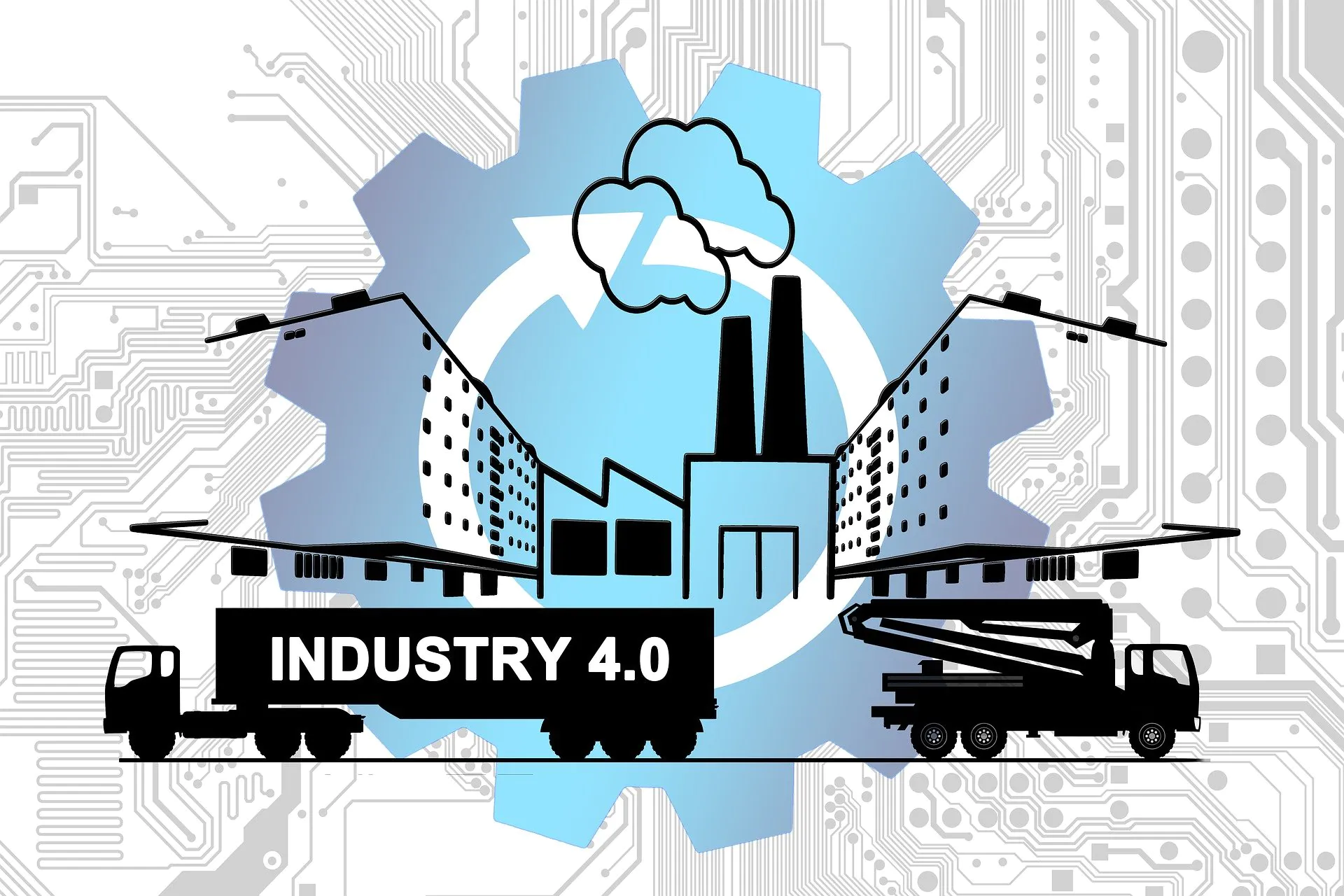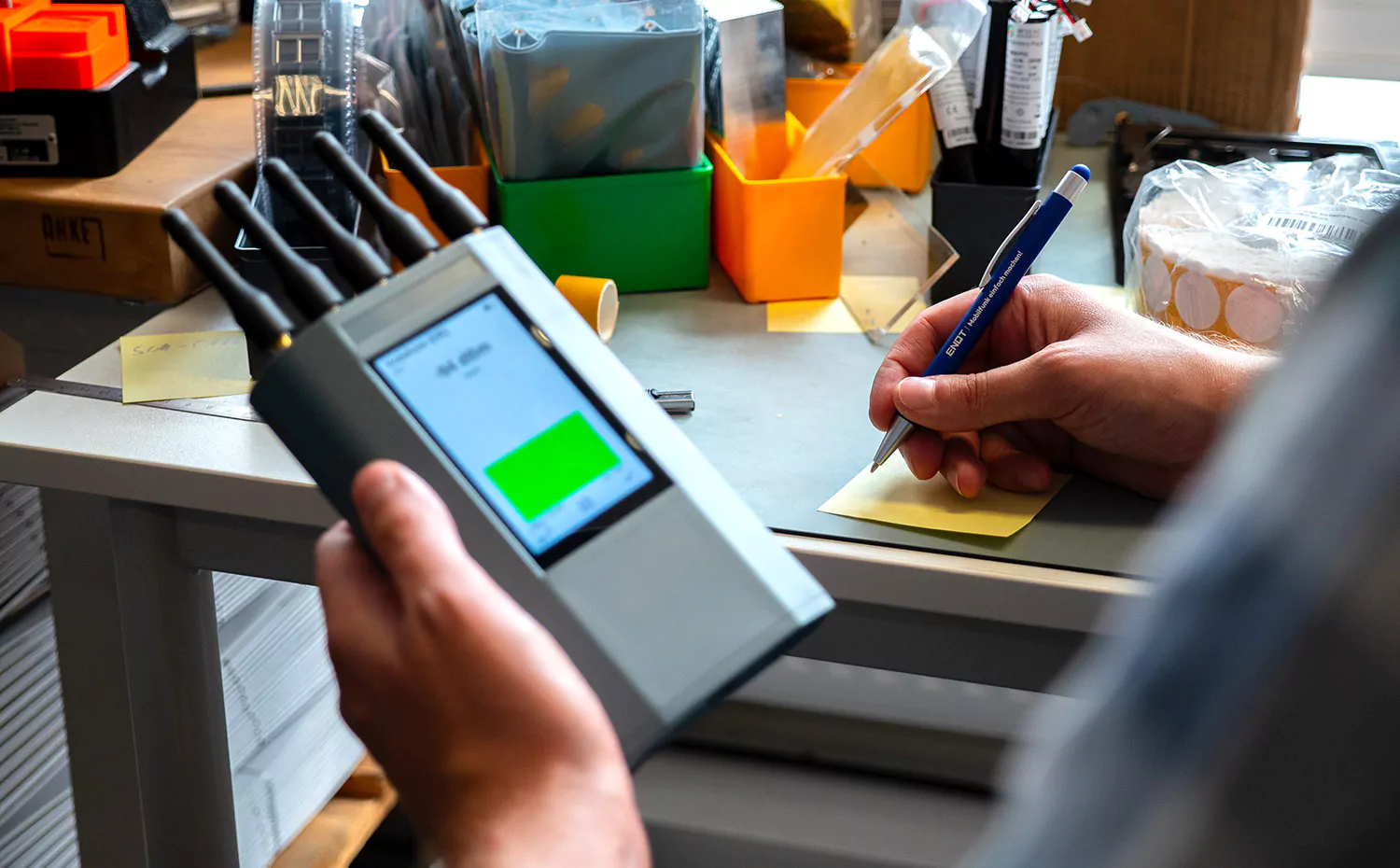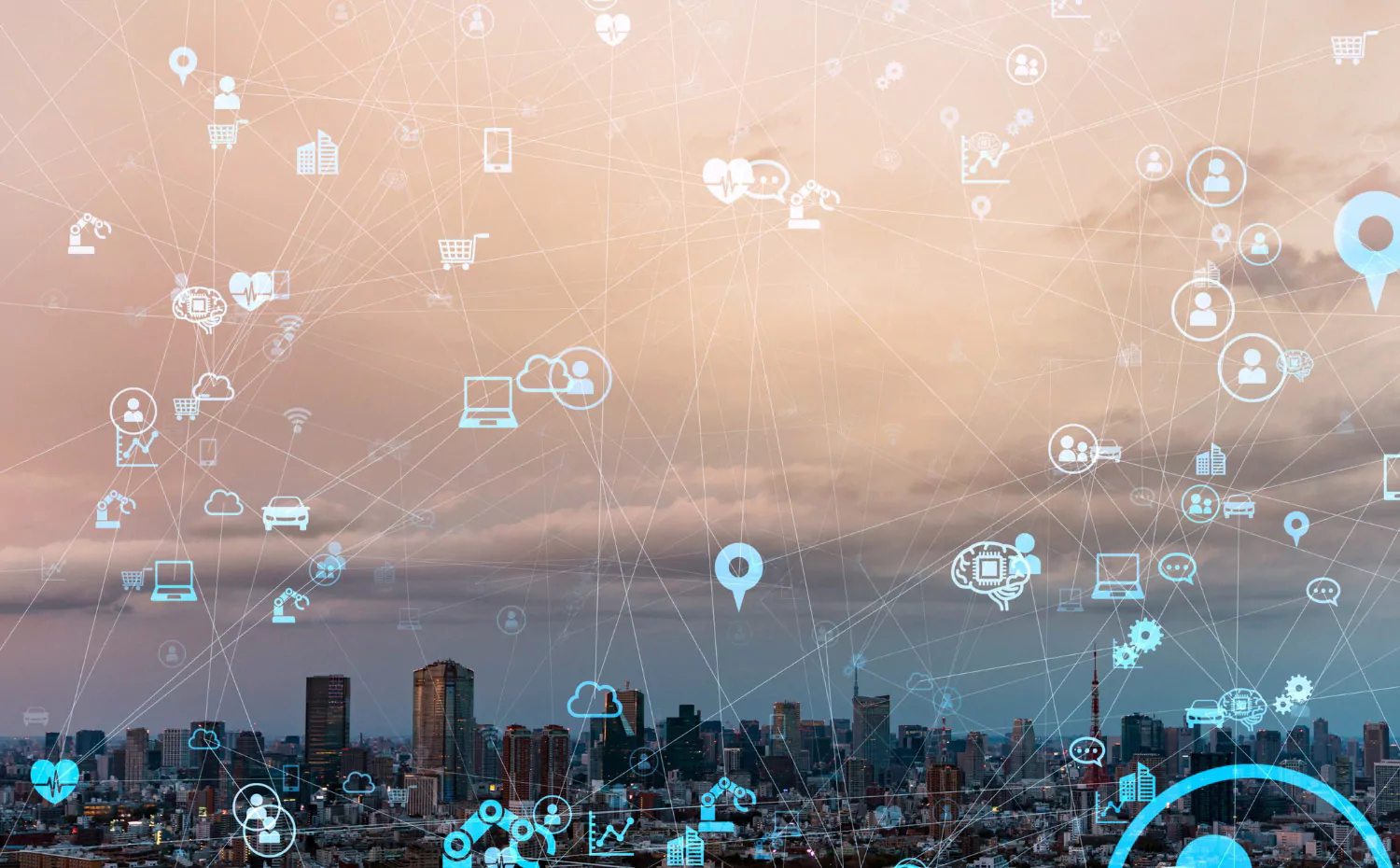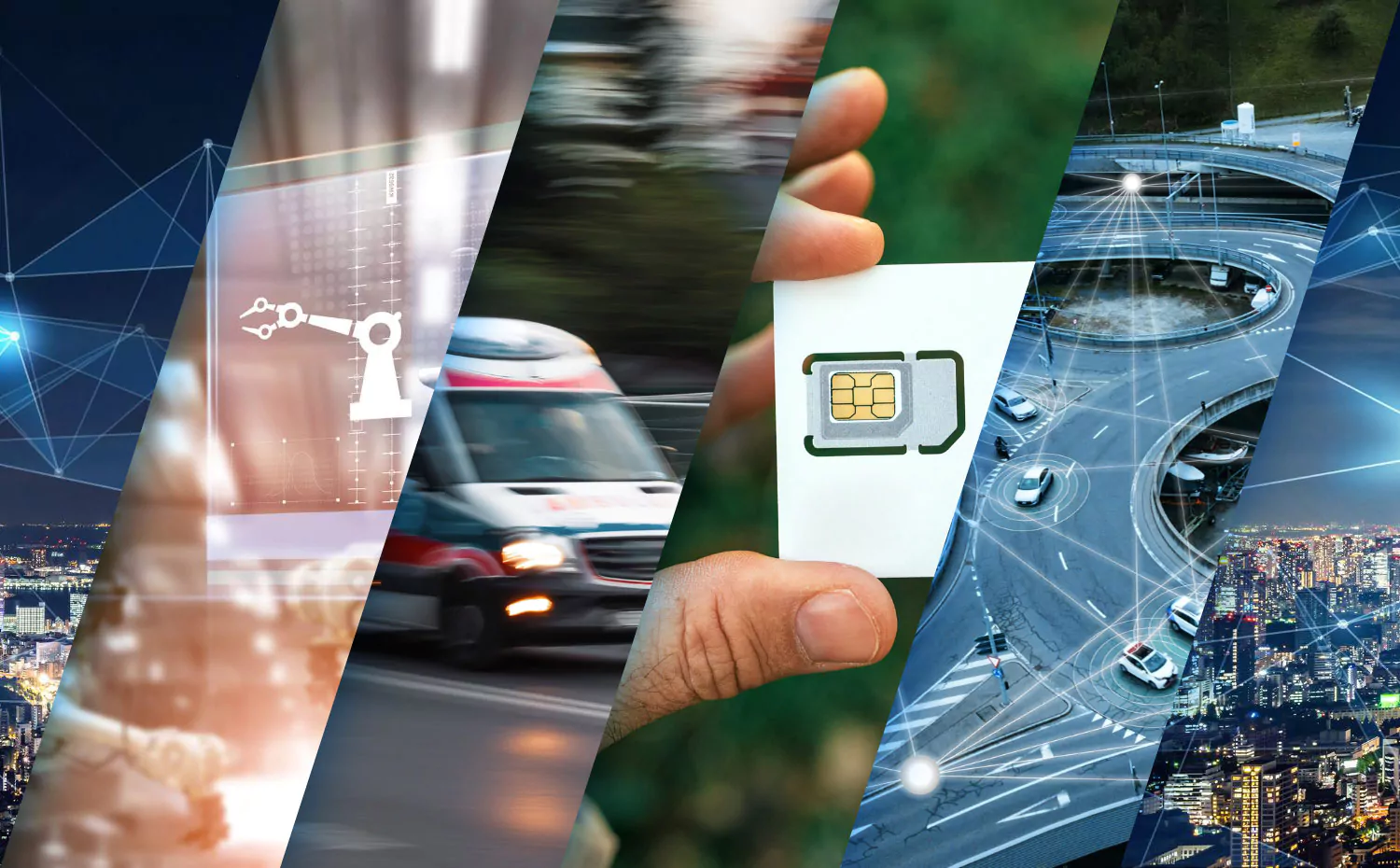Machine learning and artificial intelligence are also increasingly being used in an industrial context. Classic use cases are machine communication, system control, and process monitoring and optimization in the industrial Internet of Things.
The use of such mobile applications along the entire value chain enables efficiency increases and an optimization of resource utilization, which ultimately leads to improved productivity. Many production steps are thus simplified and savings, including in the use of personnel, are made possible. In the following, we explain various mobile radio-based transmission technologies, what potential 5G has for applications in Industry 4.0, and delve into some application examples.
Different transmission technologies for mobile radio-based industrial applications
There are various mobile radio-based technologies for transmitting industrial data, such as LoRaWAN, NB-IoT, or SigFox. Such technologies are characterized primarily by low power consumption and thus long battery runtimes, and low operating and maintenance costs. The suitability of these different transmission technologies depends on the specific areas of application. A basic distinction is made between critical and non-critical applications. The former, which include time-critical production controls, for example, require continuous, highly reliable transmission readiness and short transmission times. In non-critical applications, such as those in logistics or agriculture, less frequent data transmissions are sufficient. Information about the exact characteristics of the most common technologies can also be found in the linked blog posts.
A distinction is also made between public and private mobile networks, which differ mainly in terms of how the transmitted data is handled. Public mobile networks are provided by providers like Telekom or Vodafone and can be used by all customers without restrictions. Private networks are comparable to WLAN and cannot be used by the public. This offers the advantage of full control over internal company data. For this reason, such so-called “campus networks” are mainly used in industry.
What changes in industrial mobile communications use will 5G enable?
The greater bandwidth and shorter latency promised by 5G hold great potential for advanced industrial applications. Despite these better performances, 5G has lower energy consumption compared to older mobile standards, which could enable cost reductions.
Companies are looking to the new standard for more reliable communications, real-time transmission capabilities, and comprehensive connectivity of production machinery and other applications. The performance increase that comes with 5G is expected to allow wireless control of entire industrial plants, for example. Unifying a wide variety of applications into one all-encompassing system could include automated racking systems, manufacturing robots, and simpler applications such as air conditioning.
One area of hope is “Massive Machine-type Communication (mMTC),” which refers to the networking of many non-critical M2M applications in a small space. Here, 5G enables significantly more connections than other mobile communications standards, with up to one million devices per square kilometer.
Application example: sensor technology
Sensor technology is one of the most common areas of application for mobile communications in industry, as it is ideally suited to monitoring processes at production facilities, for example. Intelligent devices can collect a wide range of data, which can then be transmitted wirelessly and flexibly to company headquarters, usually via a cloud connection. Communication between several sensors or between sensors and other devices, such as control elements, is also possible.
Classic application examples for sensors are the measurement of the CO2 or fine dust content in the air, or the uninterrupted monitoring of the fill levels of rainwater or oil tanks. Measuring the fill level of waste containers is also a standard application in many places. This is then regularly transmitted to waste management so that collection routes can be planned flexibly and efficiently as required.
The use of IoT sensors for contactless monitoring of the above factors ensures that on-site visits are no longer necessary. Such manual measurements are time-consuming and costly, and also do not provide regular and time-accurate data. For this reason, estimates have often been used in the past. Mobile sensors enable the replacement of such inaccurate estimates with exact knowledge, which is accurate to the day or even to the hour.
Application example: Logistics and transport systems
Mobile communications also has multiple benefits in logistics. The simpler applications include, for example, location determination and goods tracking. Here, too, sensors are often used to collect data on fill levels, temperature, humidity, or pressure. This is particularly helpful when transporting sensitive goods over long distances and enables permanent tracking. Such mobile communications applications are mainly used for transporting bulk goods by rail or ship. Here, the data collected can be passed on not only to central offices of the transport companies, but also to other intelligent devices. For example, the temperature and humidity of a container interior can be automatically adjusted and the quality of the goods ensured, even if manual intervention is impossible.
In addition to such monitoring systems, mobile communications are also used in logistics in much more complex scenarios. These include driverless transport systems and robots, for example. These are used in internal logistics, such as in department stores. Advances in mobile communications technology allow increasingly complex systems, so 5G also offers enormous potential for further development.
Automated guided vehicles offer flexibility while minimizing storage costs and time. Combining them with dynamic warehousing, for example, allows robots to independently pick goods quickly.
Application example: Automotive industry
The last example, which will be explained in more detail in this article, is the automotive industry. This represents a broad area of application, because mobile communications systems enable various applications in modern vehicles. These include, for example, the automation of vehicle production or the digitization and optimization of core processes. Mobile communications are also the basis for software-based applications in cars, the importance of which is growing all the time. Location transmission via mobile communications, even between different vehicles, enables intelligent route planning and real-time navigation, for example. Emergency call systems are also among the critical mobile communications applications in the automotive sector and require a permanent and reliable radio connection.
Experts credit the spread of 5G with the potential for major progress here as well. The new mobile communications standard could significantly drive the development of autonomous driving.



